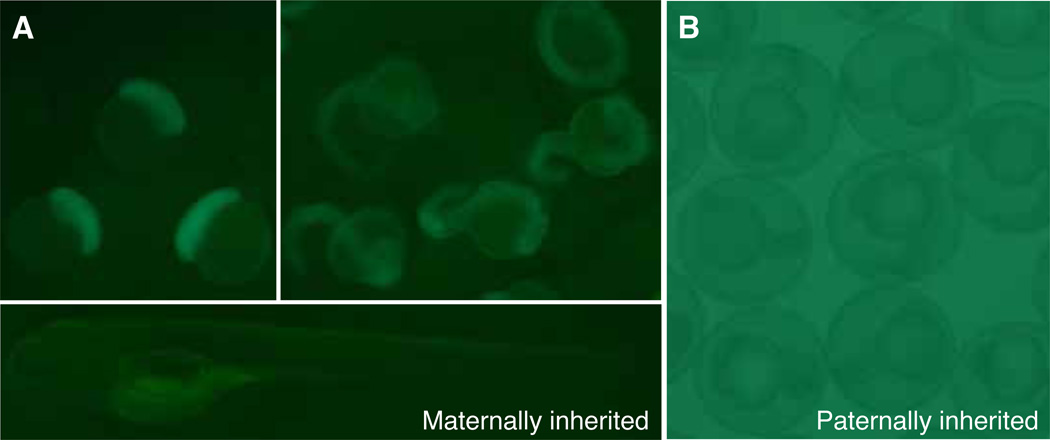Fig. 2. QF activity in transient assays of zebrafish embryos and in stable transgenic lines.
(A) Embryos co-injected with pTK2EF1 :QF and pBT2QUAS:GFP plasmid show strong GFP labeling at 1 dpf. (B) Ubiquitous GFP labeling at 1 dpf following injection of pTK2EF1 :QF plasmid into embryos from the Tg(QUAS:GFP)c403 stable line. (C) Mosaic labeling of motor neurons at 4 dpf following co-injection of pT2Kmnx1:QF and pBT2QUAS:GFP. When mated to the Tg(QUAS:GFP)c403 reporter line, the recovered QF driver lines (D) Tg(mnx1:QF)c399 (E) Tg(lfabp:QF) and (F) Tg(insulin:QF), respectively, show tissue-specific labeling of motor neurons (white arrowhead, 1 dpf) and the presumptive pancreas (white arrowhead, 2 dpf) liver hepatocytes (white arrowhead, 2.5 dpf) and pancreatic β-cells (white arrowhead, 2 dpf). (G) Robust labeling is observed at 30 hpf with the Tg(tp1:QF) driver, when compared to the Notch-responsive line Tg(EPV.Tp1-Mmu.Hbb:EGFP)um14 (renamed from Tg(Tp1bglob:eGFP)um14 [26]). Exposure to DAPT (50 M) blocks Notch signaling and GFP labeling.

